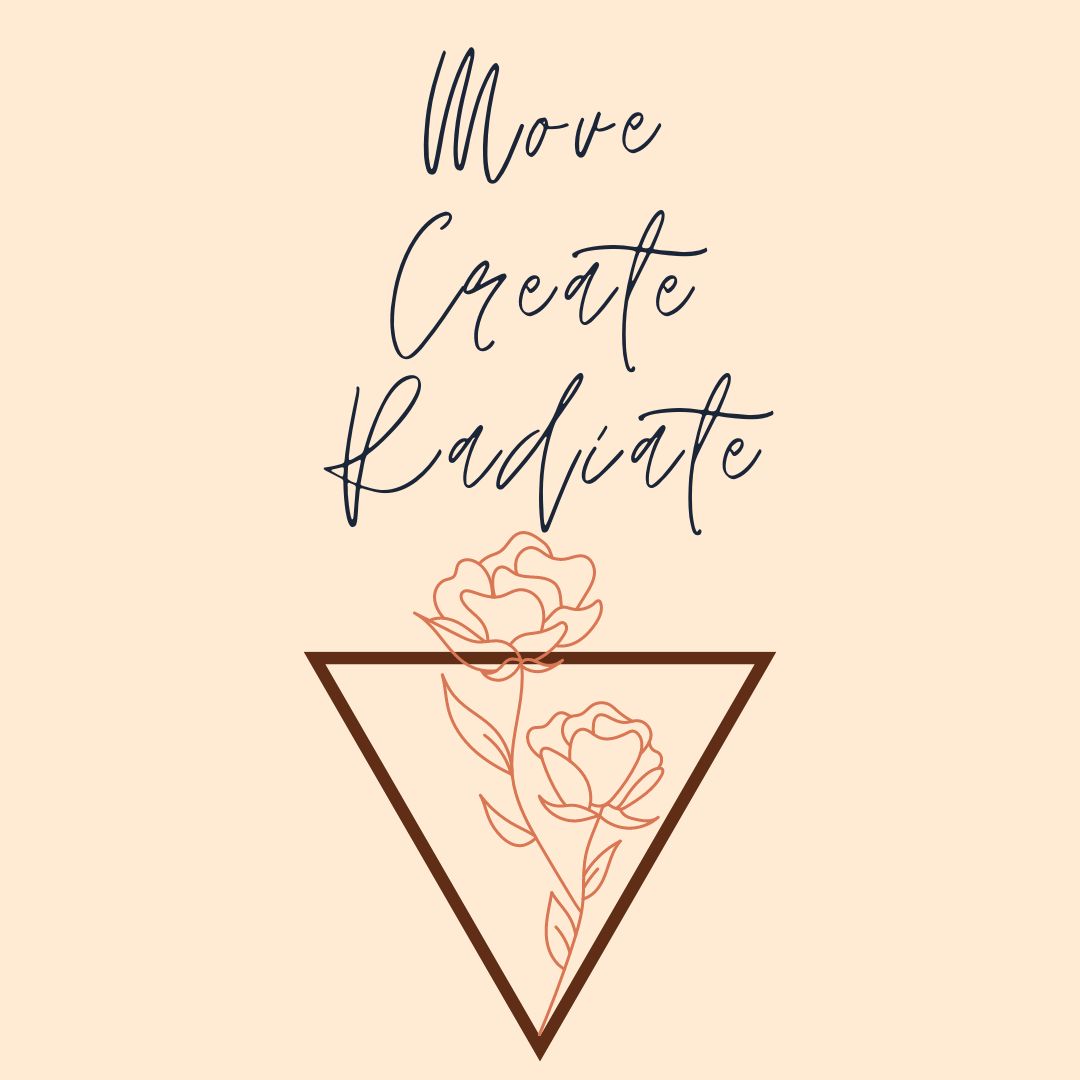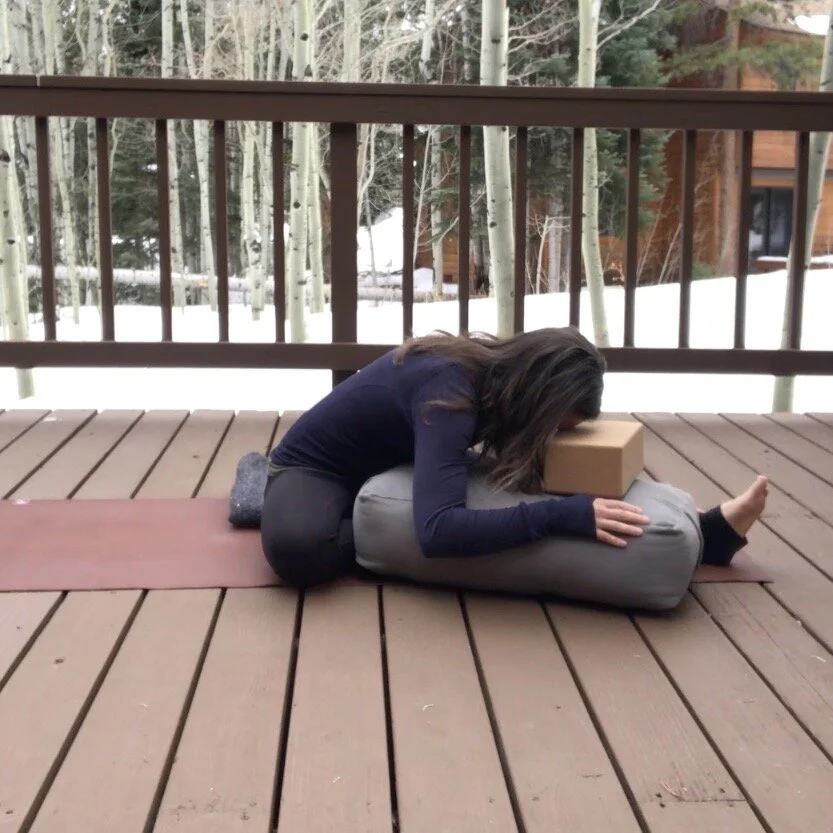How To Get Rid Of Period Cramps -Dysmenorrhea
Growing up some of my peers felt period cramps in their backs, some in their abdomens, and some had associated headaches or vomiting. There was one thing in common, we all thought period pain was normal. It wasn’t until I got into women’s work that I learned that period pain, while wide-spread is, in fact, not normal. After curing my own period pain, I am a huge advocate. Maybe I will be the first to tell you,
You have a right to pain-free periods!
Yes, really. Imagine a life without needing pain killers to get by, without needing to call out of work or school, and without additional symptoms like migraines, vomiting, or diarrhea. According to Maisie Hill, author of Period Power Harness Your Hormones and Get Your Cycle Working For You, “When it comes to cramps, mild cramping in your lower abdomen during your period which doesn’t require the use of painkillers and that doesn’t interfere with your ability to live your life is reasonable, anything more painful than that or that involves other areas of your body such as your back, hips, or thighs, isn’t okay.” She goes on to explain that “Women are in a disadvantaged position when it comes to healthcare; research shows that hospital staff take women’s pain less seriously, spend less time with female patients, and are inclined to write off physical pain as ‘just emotional’ and ‘all in the mind’, even when physical tests show that their pain is real.”
I’d like to take this time to unearth, what period pain is, the different types, what causes it, and how to mitigate or prevent it all together.
Period Pain - Dysmenorrhea
Dysmenorrhea is the medical term for period pain. Geeta Iyengar defines Dysmenorrhea as “difficult or painful menstruation which may be caused by anaemia, exhaustion, or chills. It may also be due to organic troubles or defects, such as inflammation of the ovaries, fallopian tubes or womb, or due to spasms in the womb caused by nervous temperament or due to maldevelopment of the uterus. Even psychological factors such as fear, disharmony, anxiety, and neurosis are involved in dysmenorrhea.” There are two types of dysmenorrhea.
Primary Dysmenorrhea refers to period pains unrelated to any other health concerns. It occurs right before or as your period starts. It can be relieved by over the counter pain killers and lifestyle changes and does not severely interfere with your daily activities. It may include cramping in the abdomen, back, and thighs, bloating, breast tenderness, weight gain, irritability, and headaches.
As many as 84% of menstruating women have primary dysmenorrhoea - period pain that isn’t caused by another condition such as endometriosis or fibroids.
Secondary dysmenorrhea refers to severe menstrual pains that may be caused by another health condition such as endometriosis, a retroverted pelvis, or pelvic inflammatory disease. Secondary dysmenorrhea can result in vomiting, pain that affects your ability to go to work or school, and pain that makes you unable to do activities that you usually enjoy. It may include throbbing, stabbing, or searing pain that lasts for many days. It may not be relieved by over the counter pain killers or lifestyle changes.
Cause
Cramping and pain in the abdomen are caused by prostaglandins. Prostaglandins are secreted as a symptom of dropping levels of progesterone and estrogen, which happens right before your period begins. Prostaglandins cause the blood vessels in your endometrium to constrict creating contractions to help expel blood. A high level of prostaglandins will create excess contractions leading to pain and sometimes diarrhea and vomiting.
Yoga suggestions
Yoga can help relieve the pain in both types of dysmenorrhea, however, consult your doctor if the pain does not get better with yoga and lifestyle changes as it may be an indicator of underlying disease. There are two main types of poses that can help with pain and cramping. In the first category some women find relief in bending forward and having support or gentle pressure on their abdomen, in the second category, some women prefer to open up space in their abdomen.
Try the sequence below, holding each shape for 3-10 minutes or longer if you have the time. You will know a poses is working within the first 3 deep breaths, if cramping is subsiding stay as long as you wish, if pain increases come out and try a different shape.
Supta Baddha Konasana
Relieve menstrual cramps, takes pressure off the pelvis, opens the airways, calms nerves, relaxes stomach.
Balasana
Relieves cramps and digestive discomfort. Releases lower back pain. Quiets the mind.
Janu Sirsasana
Tones reproductive organs, calms anxiety, irritability, nervousness, PMS. Cooling and calming.
Parivrtta Janu Sirsasana
Stimulates kidneys and ovaries, regulates menstrual flow, opens the side body, stimulates circulation.
Yoni Mudra
Stimulates blood flow, increases womb awareness, calms the abdomen and pelvic floor, increases fertility, enhances self-love and self-honor during menstruation.
Lifestyle suggestions
In addition to adding the above yoga sequence to your life before and during your period, try the lifestyle suggestions below.
During your period try:
Using menstrual products that bring you the most comfort. Tampons can increase discomfort for some women and they may prefer reusable pads or period proof underwear.
Slow wayyyyyy down
“Bri Maya Tiwari, an Ayurvedic healer, says that if you pamper yourself on the first full day of your period - no work, no worries, no cooking, no cleaning - your reproductive health will improve enormously” - Sparrowe
Use a hot water bottle or hot pad
Research shows a hot water bottle or hot pad can be just as helpful for cramps as taking NSAID’s
At all times in your cycle try:
Cut out cow’s dairy
Supplement with Magnesium Omega-3 fatty acids, and B vitamins
Get adequate sleep
Get regular exercise
Cut out toxic relationships to the best of your ability, stress is one of the biggest triggers for pain and cramping
Join a course to get to know how to live in accordance with your cycle
“Developing respectful awareness of the whole cycle is a crucial first step in healing pain and suffering associated with the bleed time” - Uma Dinsmore-Tuli
Work 1:1 with an experienced practitioner.
Give any changes you’re making, a full 3 cycles to set in. The changes you make now will show up 3 cycles down the line.
Next Steps
I work with women 1:1 for 3 months to teach knowledge and wisdom of women’s hormonal health, alignment with the seasons of the moon, hormonal cycles, and the seasons to live a cyclical and balanced life that you and your family can count on. Learn more about working 1:1 with me.
Further reading and resources:
Yoga: A Gem For Women by Geeta S. Iyengar
Yoga For A Healthy Menstrual Cycle by Linda Sparrowe and Patricia Walden
Period Power: Harness Your Hormones and Get Your Cycle Working For You by Maisie Hill
Period Repair Manual: Natural Treatment for Better Hormones and Better Periods by Lara Briden





